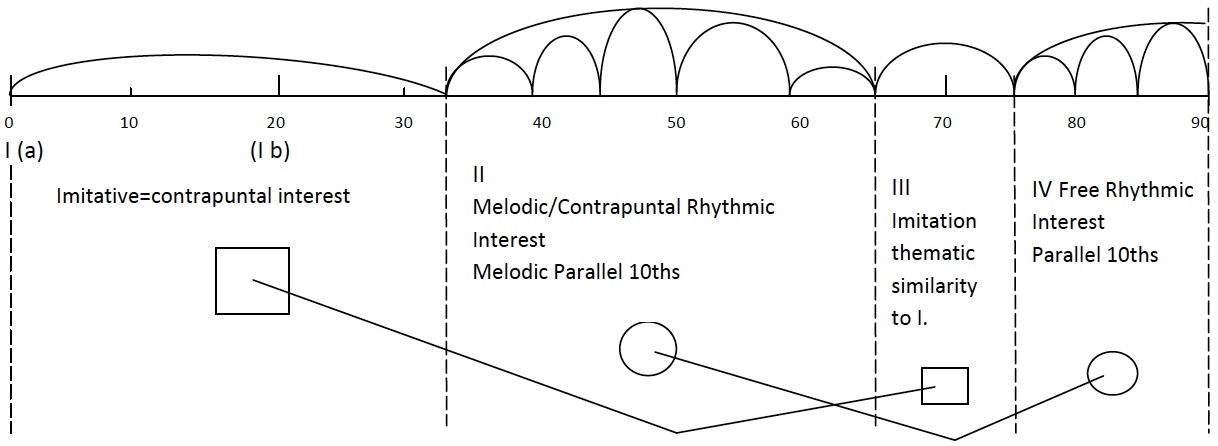| Source title | Fantasia del autor |
|---|---|
| Title in contents | Fa[n]tasía del author del mismo tono |
| Text incipit |

Music
Category abstract
Genre fantasia
Fantasia type ImP
Mode 7
Voices 3
Length (compases) 90
Vihuela
Tuning G
Courses 6
Final V/0
Highest I/7
Lowest VI/0
Difficulty not specified
Tempo not specified
Song Text
Language
Vocal notation
Commentary
Imitative polythematic fantasia of 90 compases, difficult in some sections despite being called an “easy” work. It shows Fuenllana’s rich imagination through the great variety within the work. Although perhaps an oversimplification, the sections are delineated by textures that are either imitative or in voices pairs with one of the free voices moving in parallel 10ths.
It can be divided into 4 Sections: I) 1-33, II) 33-64, III) 64-75, IV) 75-90.
I) Divided into subsections indicated as a) and b). Each uses the same theme but with a different function: a) imitative 1-20, b) = two non-overlapping statements of same broad theme in ostinato like function.
II) The most cohesive element is rhythm: dotted across barline: [dotted crotchet–quaver–crotchet starting on last beat of the bar]. Section begins with one imitative pair, the head of whose phrase contains the melodic/rhythmic cell which predominates. The section cadential divides into smaller units each having 3 statements or breath groups, 3rd of which is vastly different. The short rhythmic ideas are much more tension building. Compás 47-49 is one of the works peaks. The majority of the section has Bass & Tiple in 10ths with free alto. Phrase start on weak beats, and frequently (unusual) on 3rd or 6th above root of cadential chord.
III) short four note imitative theme (4th descending) reminiscent of 1. Short section. Four statements + coda.
IV) free in 3 gestures. 1 = Bass/Tiple parallel 10ths. 2 = Canon a2 dissolving into 10ths. Then 3rds S/A over bass to finish.
Double leading note cadence b.60 = 2/3rds way through work-significant in design.
The harmony is quite regular, other cadence patterns are quite normal. Asymmetrical design, strong formal relationships. I – II; V – IV
Reprinted in Denss, Florilegium, 1594, fol 63-63v, “Fantasia Secunda” (Brown 1594-5)
